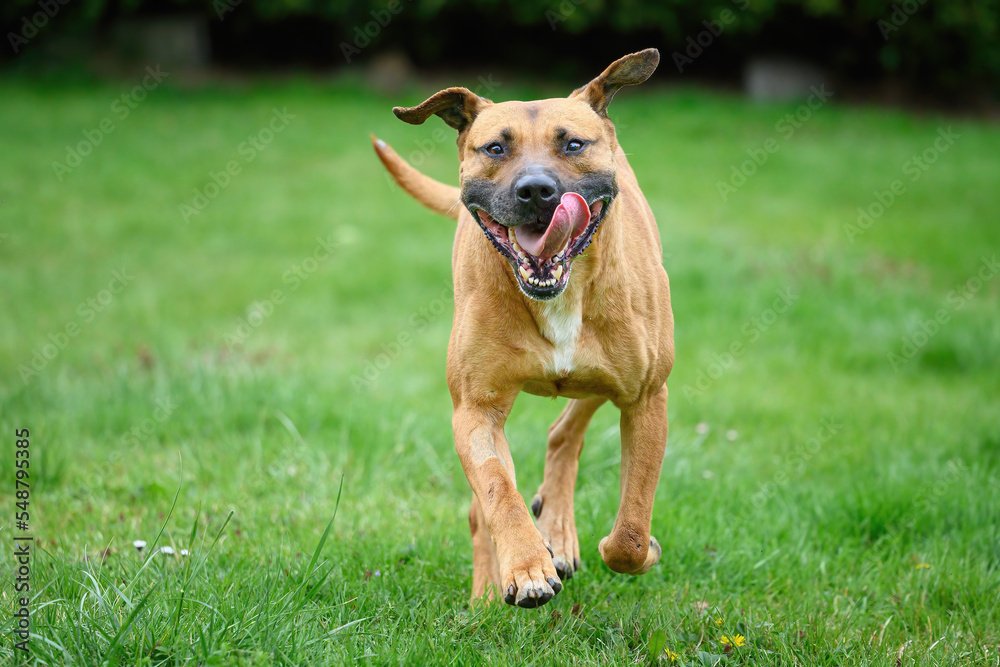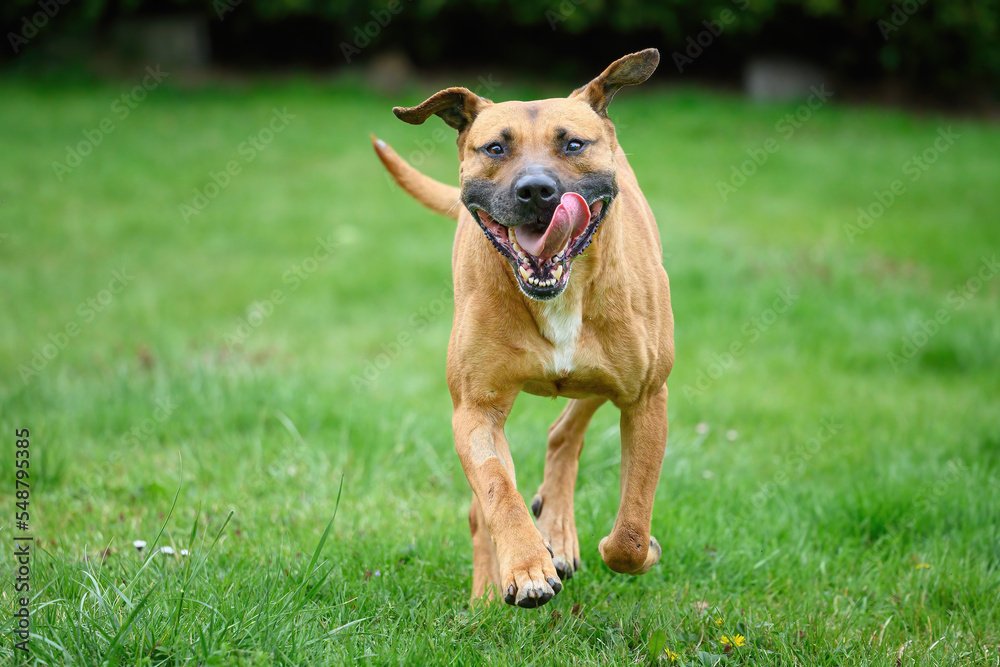
Introduction
Bringing a dog into your life is one of the most rewarding experiences imaginable. At Barkbliss, we know that dogs are more than just pets — they’re family members who fill our homes with love, joy, and endless tail wags. Whether you’re a first-time dog owner or have years of experience, raising a happy and healthy dog takes knowledge, patience, and a little bit of preparation.
In this comprehensive guide, we’ll walk you through everything you need to know to provide your furry friend with the best life possible. From choosing the right breed and setting up your home, to nutrition, training, grooming, and healthcare — Barkbliss has you covered.
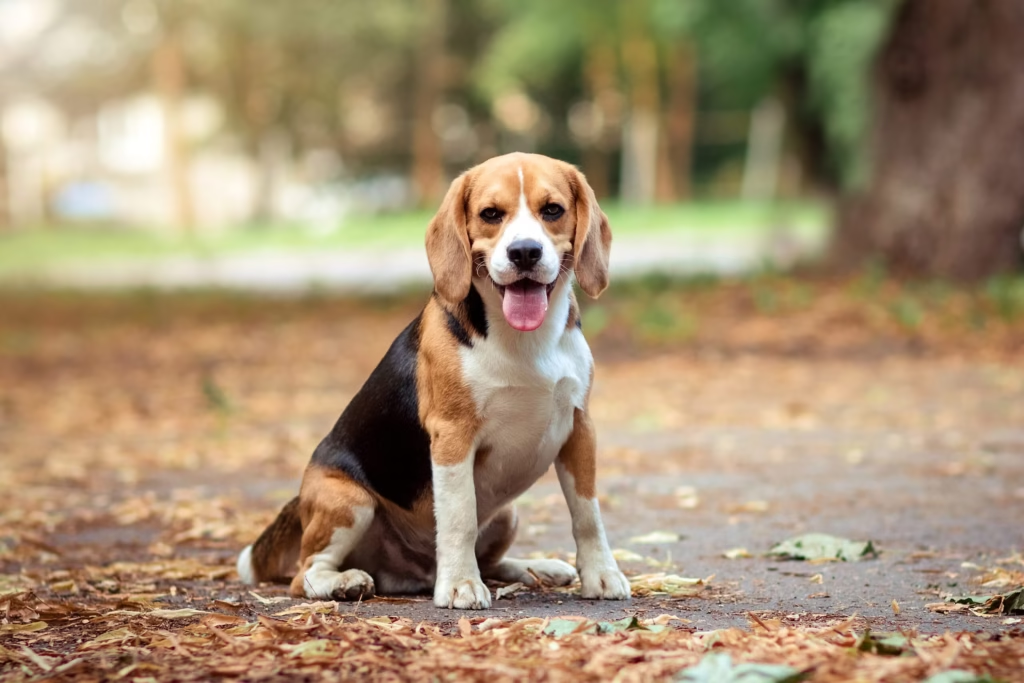
Choosing the Right Dog Breed for Your Lifestyle
Choosing the right dog breed is the foundation of a successful and happy relationship with your pet. Every dog has a unique personality, energy level, and care needs, so understanding these factors will help you make the best choice.
Consider Your Living Space
Do you live in a small apartment or a house with a big yard? Larger breeds or high-energy dogs may need more space to roam and play. For smaller living spaces, breeds known for adapting well to apartments — like French Bulldogs, Pugs, or Dachshunds — can be a great fit.
Energy Levels and Exercise Needs
Some dogs, like Border Collies and Siberian Huskies, require intense daily exercise and mental stimulation. If you have an active lifestyle and love outdoor activities, these breeds can be ideal. For a more laid-back lifestyle, consider breeds like Bulldogs or Basset Hounds.
Temperament and Family Compatibility
If you have kids or other pets, look for breeds known for being gentle and social. Golden Retrievers and Labradors are famous for their friendly and tolerant nature. Conversely, some breeds may be more independent or territorial.
Allergies and Shedding
For those sensitive to pet allergens, hypoallergenic breeds like Poodles or Shih Tzus produce less dander and shed minimally.
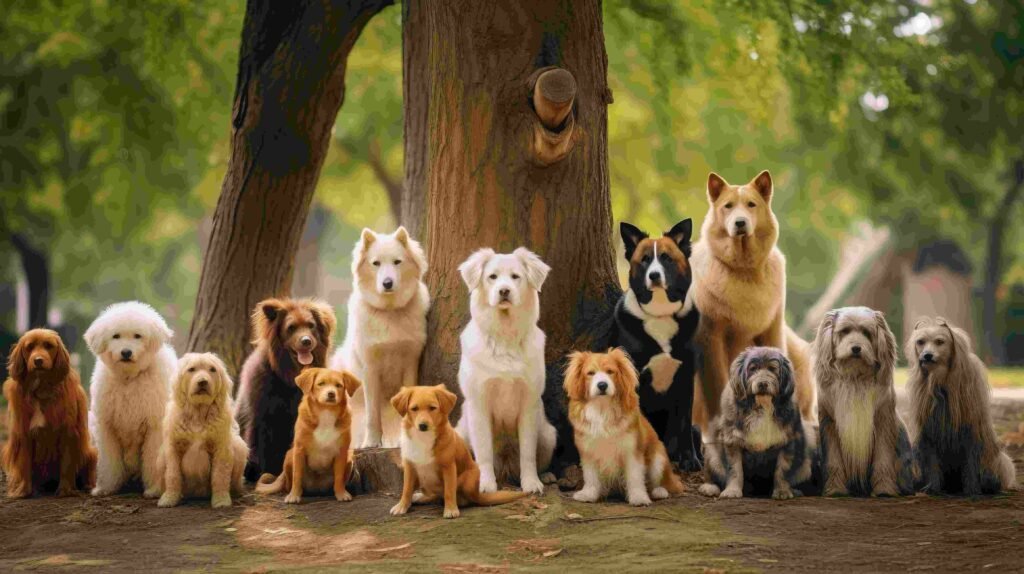
Preparing Your Home for Your New Dog
Bringing a dog home requires some preparation to make sure your space is safe and welcoming.
Create a Cozy Space
Designate a quiet, comfortable spot with a bed or crate where your dog can relax. This area should be away from heavy foot traffic.
Remove Hazards
Secure wires, toxic plants, cleaning supplies, and small objects that dogs might chew or swallow.
Gather Essentials
Stock up on food and water bowls, collars, leashes, toys, grooming supplies, and training treats.
Family Agreement
Make sure everyone in the household understands their role in caring for your dog, from feeding and walking to playtime and training.
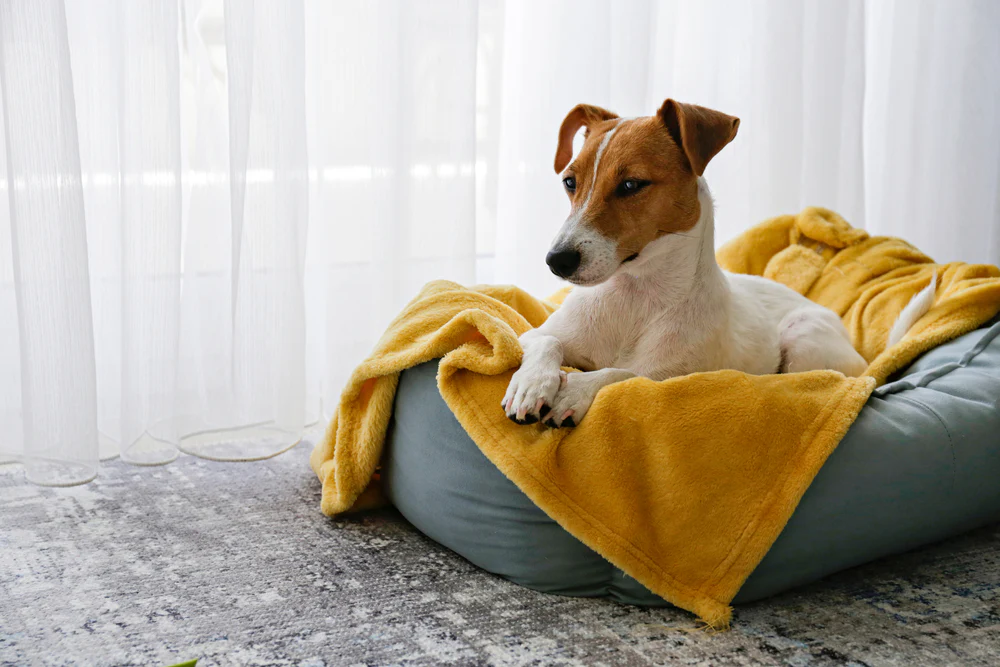
Nutrition and Feeding Guidelines
Feeding your dog the right diet is crucial to their health and longevity.
Balanced Diet
Dogs need a balance of proteins, fats, carbohydrates, vitamins, and minerals. Quality commercial dog foods often meet these needs, but consult your vet for personalized advice.
Age and Size Considerations
Puppies, adults, and senior dogs have different nutritional requirements. Also, breed size matters; small breeds have faster metabolisms and different feeding schedules compared to large breeds.
Avoid Harmful Foods
Some human foods like chocolate, grapes, onions, and caffeine are toxic to dogs and should be strictly avoided.
Hydration
Always provide fresh, clean water. Proper hydration supports digestion and overall health.
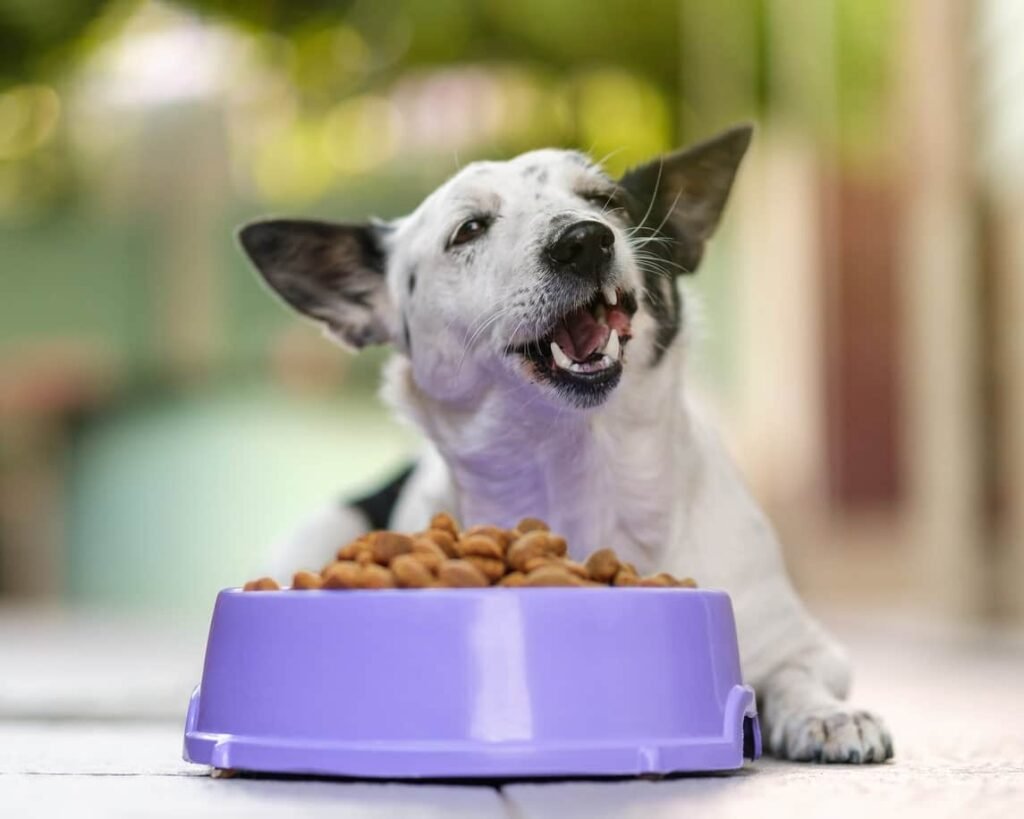
Training and Socialization Tips
Training and socialization shape your dog’s behavior and happiness.
Start Early
Begin training as soon as you bring your dog home. Basic commands like “sit,” “stay,” and “come” build safety and trust.
Use Positive Reinforcement
Reward-based training with treats, praise, and playtime encourages good behavior more effectively than punishment.
Socialize Regularly
Expose your dog to different people, animals, environments, and sounds to build confidence and reduce anxiety.
Consistency is Key
Establish routines and consistent rules to help your dog understand expectations.

Grooming Essentials for a Healthy Coat
Keeping your dog clean and groomed helps prevent health issues and strengthens your bond.
Brushing
Regular brushing removes loose hair, dirt, and helps distribute natural oils. The frequency depends on coat type.
Bathing
Bathe your dog as needed, typically every few weeks, using dog-friendly shampoo.
Nail Care
Trim nails regularly to prevent discomfort or injury.
Dental Hygiene
Brush your dog’s teeth or provide dental chews to maintain oral health.
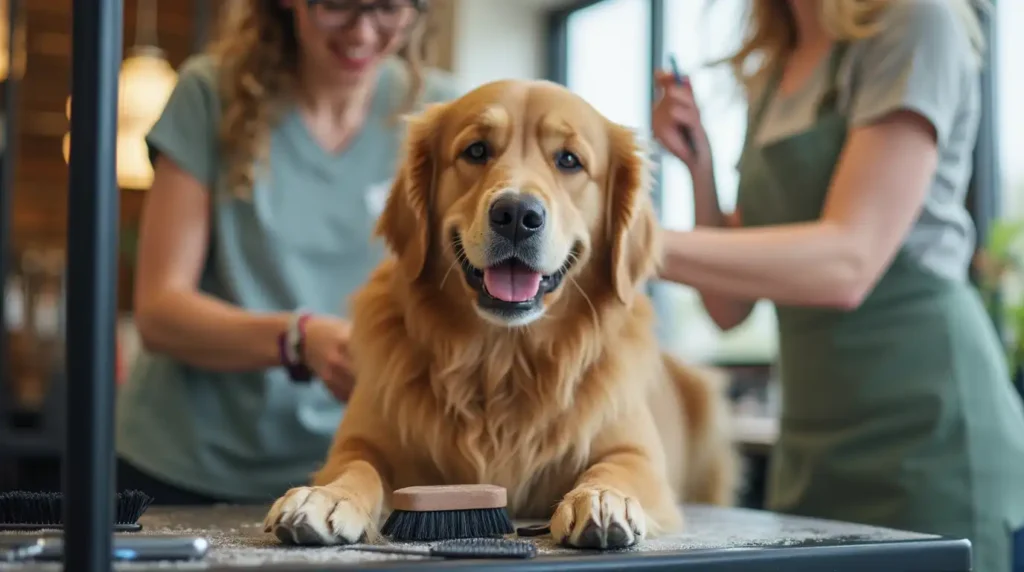
Health Care and Vet Visits
Regular vet visits keep your dog healthy and detect problems early.
Vaccinations
Keep vaccinations up to date to protect against common diseases.
Parasite Control
Use flea, tick, and worm preventatives as recommended by your vet.
Regular Checkups
Annual or bi-annual checkups help monitor your dog’s health and catch issues early.
Emergency Preparedness
Know the location of your nearest emergency vet and keep a pet first aid kit handy.
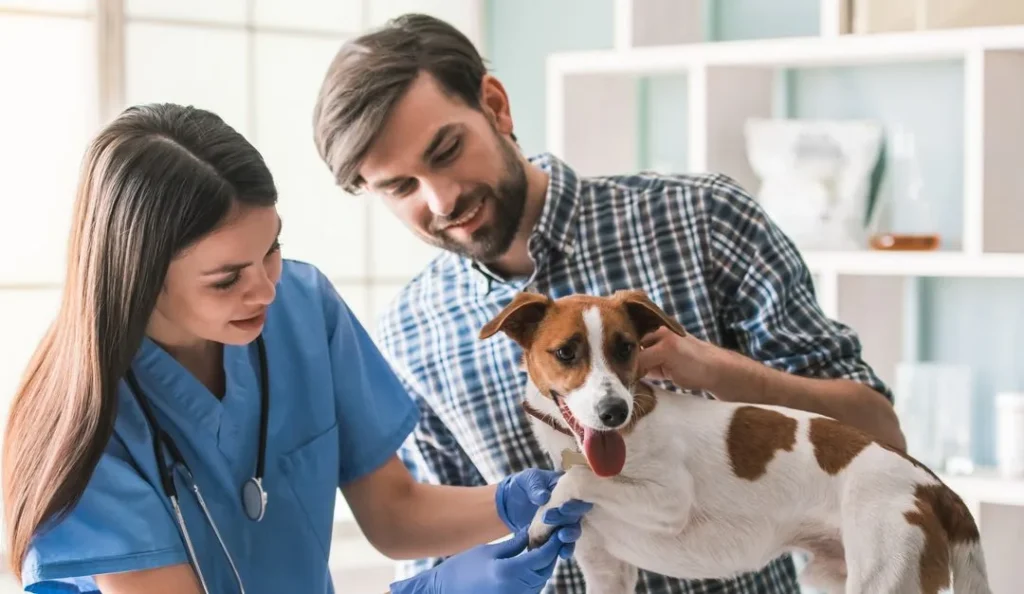
Creating a Loving and Stimulating Environment
Dogs thrive in environments filled with love, mental stimulation, and physical activity.
Playtime
Provide toys and interactive games to keep your dog’s mind sharp.
Exercise
Daily walks, runs, or play sessions help burn energy and reduce stress.
Attention
Spend quality time cuddling and bonding — your dog will feel safe and loved.
Conclusions:
At Barkbliss, we celebrate the joy and love that dogs bring into our lives. By following these guidelines, you’ll set the stage for a happy, healthy, and fulfilling life with your furry friend.
Ready to give your pet the best? Explore our carefully selected products, expert tips, and a community that understands your passion for pets.
Welcome to the Barkbliss family — where every tail wag tells a story of bliss.

